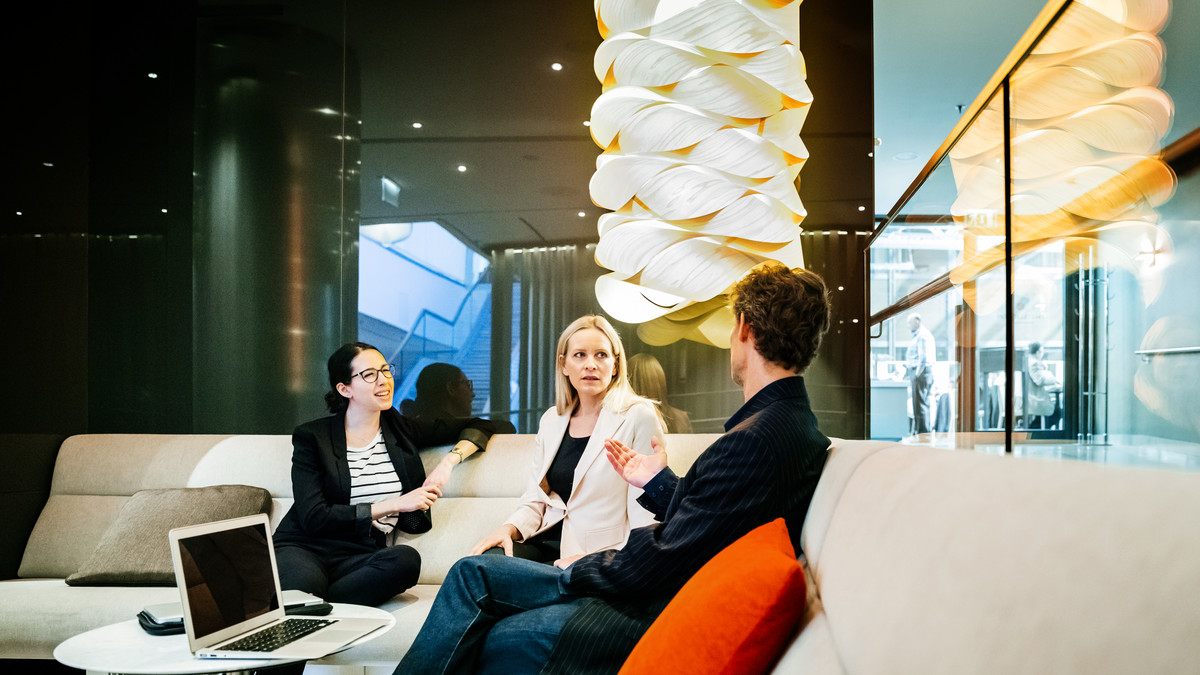In the aftermath of the pandemic, the very nature of business travel — its purpose, value and objectives — has shifted. Globally, the number of business trips plummeted in 2020, and the industry has yet to see a full recovery. But there has been a gradual comeback, and the Global Business Travel Association estimates that more than $930 billion will be spent on business travel in 2022.
Now that videoconferencing has emerged as a viable alternative to in-person meetups, though, what business travelers — and the decision-makers who sponsor their trips — are looking for in a physical meeting location is different. Budget pressures mean there’s a greater need to prove the value of trips, but the pandemic has also taught us that there’s no substitute for face-to-face contact when it comes to forging connections or strengthening interpersonal relationships.
In 2023 — and beyond — business travel will be less about getting work done, and more about connecting, communicating and creating emotional bonds between team members. For this reason, even if there’s less demand for travel overall, there will be greater demand for immersive experiences. Experiences that enable participants to deepen interpersonal relationships relatively quickly will be especially popular.
Industry analysts expect to see major declines in one-day trips (where employees travel by air just to attend a single meeting) and increases in the number of days that business travelers spend at their destination. While just-for-business travel continues to lag, the number of “bleisure” trips (excursions that blend business and leisure, such as a two-day work trip with a long weekend’s vacation tacked on at the end) has reached an all-time high. As business travel continues to evolve, those hotels and restaurants that can best meet travelers’ desire for exceptional leisure travel experiences as well as organizations’ need to strengthen social cohesion will be positioned to lead their industry in the months ahead.
Making memories: Why unique local experiences matter
After the pandemic’s isolation, when so many people spent so much time alone with their screens, there’s increased appreciation for multisensory engagement and immersive experiences. Of course, the desire to combine business travel with experiences of the destination’s local culture is nothing new, but recent research suggests that it’s stronger than ever. For instance, a survey of business travelers conducted by Hilton found that more than one third of respondents wanted to learn about their destination’s culture or give back to the local community on their trips. 49% wanted to be fully immersed in the local culture they were visiting.
This means there’s a greater appetite for flexible, individually-booked offsite experiences. Hotels and resorts can cater to this demand by introducing technologies that enable friction-free mobile booking. In-lobby kiosks, for instance, make it easy for business travelers to set up tours, spa visits or excursions – on their own or with colleagues.
Such positive shared experiences have a multitude of psychological benefits and can do more to cement strong working relationships than formal collaboration or team-building exercises. Recognizing these benefits, it’s likely that tomorrow’s business leaders will increasingly capitalize on the value of such informal, non-work activities for strengthening professional relationships — especially when they’re interspersed with face-to-face interactions.
Technology’s evolution is transforming the meeting room into a state-of-the-art immersive environment
For tomorrow’s business travelers, what takes place outside of the meeting room may be just as important as what happens within it. But the rise of hybrid and remote work has also transformed attendees’ expectations of in-person gatherings. Face-to-face collaboration still has the potential to be more memorable – and more inclusive – because of technological innovations.
In the past, attending a meeting or corporate event was a yes/no proposition: either you were there, or you weren’t. Today, it’s possible to attend some sessions virtually and some in person, and even to engage in informal events like post-meeting drinks virtually. Tomorrow, it may even become more common to engage in offsite experiences (like local tours and excursions) via augmented reality (AR) or with a virtual reality (VR) headset.
Tomorrow’s hospitality leaders will help meeting sponsors create engaging experiences for in-person and virtual attendees alike. This will entail making high-quality streaming video and audio available, which requires the right camera and microphone equipment, a reliable internet connection, and adequate bandwidth. But it also entails arranging physical spaces to encourage intimacy and promote engagement. Remote participants will want to feel like they’re fully included, while in-person attendees won’t want their experiences to be compromised by technical glitches.
With new projection technologies that combine sound and visuals, it’s becoming possible to create highly interactive environments that encourage attendees to reach out and touch while bathing them in sound and visuals. Some of today’s leading venues are combining fine dining, performance art and production engineering to deliver unique and memorable one-of-a-kind experiences.
As projection technologies continue to advance, it’s becoming easier to display big, bright immersive images, scaling or changing aspect ratios in ways that are no longer confined by a frame.
Breaking down boundaries
In fact, no longer being confined by traditional boundaries is likely to be the theme of business travel in the months and years to come. No longer will business travel be clearly distinguished from leisure travel, with the latter considered “fun” and the former “work.” Instead, immersive, emotionally-engaging in-person experiences will make work trips more fun than ever before. At the same time, emerging technologies will make it possible for remote attendees to feel more engaged, more present and more like they’re “really there” than ever before.
![]()



